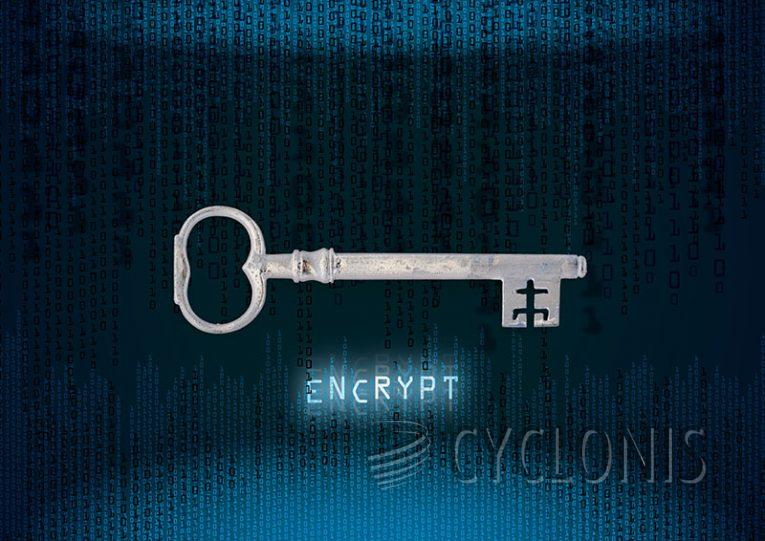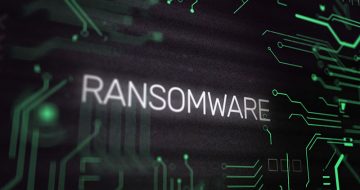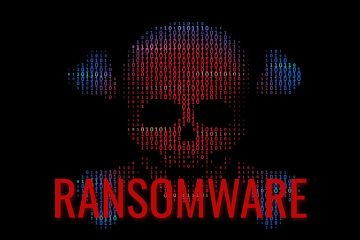Tiywepxb Ransomware Will Encrypt Your Files

Tiywepxb, a member of the Snatch ransomware family, was identified by our team of malware researchers while analyzing new malware samples. Its main objective is to encrypt files, appending the ".tiywepxb" extension to the filenames of the encrypted files. Additionally, it creates a file named "HOW TO RESTORE YOUR TIYWEPXB FILES.TXT" that contains a ransom note.
To illustrate how Tiywepxb alters filenames, it modifies "1.jpg" to "1.jpg.tiywepxb", "2.png" to "2.png.tiywepxb", and so on. The ransom note informs victims that their network has undergone a penetration test, resulting in the encryption of their files and the downloading of over 100 GB of data. The note enumerates the types of data accessed, such as accounting information, confidential documents, personal data, and copies of specific mailboxes.
Victims are strongly discouraged from attempting to decrypt the files independently or employing third-party tools, as the note claims that only the designated program/tool possesses the capability to decrypt the files. Furthermore, the note warns that any alternative program will inflict further damage, rendering the files permanently unrecoverable.
To obtain the necessary evidence, explore potential solutions, and request the decryptor, victims are instructed to reach out to the provided email addresses: rishi13serv@swisscows.email or joel13osteen@tutanota.com.
Tiywepxb Ransom Note Indicates Malware Targets Businesses
The full text of the Tiywepxb ransom note goes as follows:
Dear Management
We inform you that your network has undergone a penetration test, during which we encrypted
your files and downloaded more than 100 GB of your data (most from your PD), including:Accounting
Confidential documents
Personal data
Copy of some mailboxesImportant! Do not try to decrypt the files yourself or using third-party utilities.
The only program that can decrypt them is our decryptor, which you can request from the contacts below.
Any other program will only damage files in such a way that it will be impossible to restore them.You can get all the necessary evidence, discuss with us possible solutions to this problem and request a decryptor
by using the contacts below.
Please be advised that if we don't receive a response from you within 3 days, we reserve the right to publish files to the public.Contact us:
Rishi13Serv@swisscows.email or Joel13Osteen@tutanota.com
How Is Ransomware Like Tiywepxb Distributed Online?
The distribution of ransomware like Tiywepxb can occur through various online channels and methods. Here are some common ways in which ransomware is distributed:
- Phishing Emails: Attackers often use phishing emails to distribute ransomware. They send seemingly legitimate emails with attachments or links that, when opened or clicked, execute the ransomware on the victim's system.
- Malicious Websites and Drive-by Downloads: Ransomware can be distributed through compromised websites or malicious websites specifically designed to deliver malware. Drive-by downloads occur when a user visits such a website and unintentionally downloads and installs the ransomware onto their system without their knowledge or consent.
- Exploit Kits: Cybercriminals utilize exploit kits, which are pre-packaged software tools that target vulnerabilities in commonly used software. By exploiting these vulnerabilities, they can silently install ransomware onto a victim's system.
- Malvertising: Malicious advertisements, or malvertising, can be used as a means to distribute ransomware. Attackers inject ransomware into legitimate online advertisements, and when users click on these ads, they unknowingly trigger the download and installation of ransomware.
- File-Sharing Networks and Malicious Downloads: Ransomware may be disguised as legitimate files or software on file-sharing networks, torrents, or other download platforms. Users who download and execute these files unknowingly infect their systems with ransomware.
- Remote Desktop Protocol (RDP) Attacks: Attackers target insecure Remote Desktop Protocol connections to gain unauthorized access to a victim's system. Once inside, they can manually install ransomware or use automated tools to deploy it.
- Social Engineering and Exploiting Human Vulnerabilities: Ransomware can be distributed through social engineering techniques, such as deceiving users into downloading and running infected files or clicking on malicious links. This can occur through various channels, including email, instant messaging, or malicious websites.
It's important to note that cybercriminals are continually evolving their tactics, and new distribution methods may emerge over time. Therefore, it is crucial to stay vigilant, keep software and systems up to date, use reliable security software, and exercise caution when interacting with online content or unknown sources.








